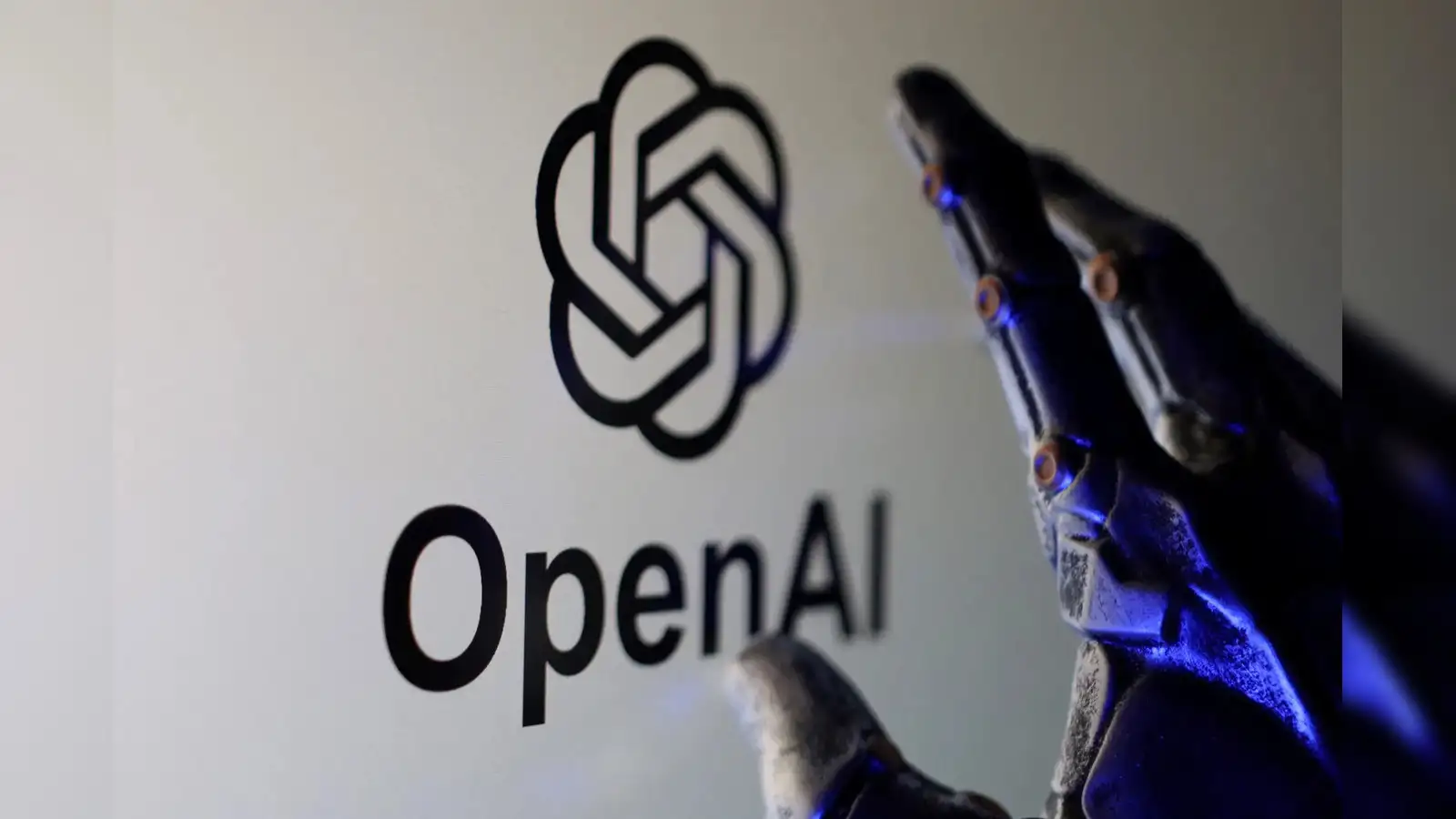With an estimated worth of $80 billion in early 2024, OpenAI seemed almost invincible in the generative AI market. Recently, it launched ChatGPT-5, the latest and most significant addition to the clan of conversational assistants in AI. It is here that the story becomes interesting. Beneath the gloss of success, a competing landscape is rapidly emerging, one that could radically distort the very dynamics of the AI market as we know them today.
The question is not if OpenAI shall encounter competition; the question is how fast such competition shall diminish OpenAI’s now-cherished dominant position. Giant tech companies, nimble startups, and open-source proponents are now approaching AI with almost unprecedented speed and resourcefulness, forming a tempest to transform what was once deemed an insurmountable lead into a more contested battleground.
The Competitive Landscape Takes Shape
Google Gemini: The Tech Giant’s Response
Google’s entry into the space of generative artificial intelligence is not just the introduction of yet another AI model; it awakened a sleeping giant.
Although ChatGPT’s initial success took Google off guard, the company has intrinsic advantages that are presently far beyond the capabilities of OpenAI. As a search giant, it can integrate all its products into a single network, making it formidable for outsiders looking to join.
So, OpenAI can’t match what Gemini offers because it lacks a comparable distribution capability. When billions of users already access Google services every day, making AI popular becomes much easier.
Meta AI: The Social Network Advantage
Meta’s path to entering the AI competition is to rely on unlimited data flow and torrents of user feedback. Currently serving more than 3 billion users every day, Meta has a wealth of behavioral insights that will be second to none when training the next generation of AI models.
Meta’s strategic investment in open-source AI, as exemplified by Llama models, diverges sharply from OpenAI’s closed-garden approach. Meta is turning powerful AI tools into a common property. This way, it presents itself as the platform provider with a market-seizing ubiquity strategy reminiscent of Android’s success against iOS, while at the same time competing with other systems.
Anthropic: The Insider Threat
No organization understands OpenAI’s weaknesses better than Anthropic, which ex-OpenAI researchers built. Anthropic stands as a serious challenger to OpenAI’s technical leadership because it was set up with an amazing $18 billion backing from both Google and Amazon. The focus is on the safety of AI and constitutional AI, attracting enterprise customers that seem more concerned about the responsible deployment of AI.
As regulatory scrutiny increases, although the future proves uncertain, the proactive approach will be a valuable asset in competition.
The Open Source Revolution
The rise of the latest powerful open-source models is the greatest threat to the OpenAI business model. The Hugging Face company, among many other open-source initiatives like Llama and Mistral AI, has democratized practical access to advanced AI capabilities.
For organizations considering aspects such as data privacy and vendor lock-in, there are compelling reasons to explore the great open-source options that could be added. The DualMedia AI Insights strategy combines AI-enabled, online and offline marketing with precise measurement, scale, and ROI to demonstrate how highly specialized applications of AI can compete favorably with generalists.
Such extensive specialization is a fundamentally disruptive evolution in the market for AI. As Pesenti, the AI researcher, puts it, “You’re not going to need OpenAI. You’ll have smaller versions. They’ll be able to run on localized platforms and be able to run much cheaper and in much more effective ways.“
Market Dynamics and Competitive Pressures
| Company | Valuation | Key Advantage | Market Position |
| OpenAI | $80 billion | First-mover advantage | Market leader |
| Anthropic | $18 billion | Safety-focused approach | Rising challenger |
| $1.7 trillion | Ecosystem integration | Awakening giant | |
| Meta | $750 billion | User base & open source | Platform strategy |
The financial resources backing these competitors illustrate the scale of the challenge facing OpenAI. Microsoft has invested billions into OpenAI, but Google, Meta, and Amazon possess even deeper pockets and established infrastructure advantages.
The Specialized AI Future
In stark contrast to this juggernaut competition from technological giants is a subtle progression, the appearance of specialized AI applications. Such applications have been showcased by companies like FinanceCore AI, which serve over 250 financial institutions and manage $2.8 trillion in combined assets under management. Having processed over 500 million financial transactions and generated over 50,000 regulatory reports, FinanceCore AI demonstrates the great market value that specialized solutions can engender.
This trend would suggest that the future AI marketplace will not be winner-take-all. Instead, we’re likely to see a schismatic landscape, with different models excelling on specific use cases, a potential development that could significantly limit OpenAI’s total addressable market.
Internal and External Challenges
OpenAI’s competitive position comes under pressure from both internal and external fronts. The climax of its leadership drama towards the end of 2023, though fortuitously resolved later, showcased some internal organizational dangers that might affect its course. External challenges include the never-ending copyright lawsuits and the increased scrutiny that might come from regulators, which could impact training data and the business model. It will be interesting to see how these challenges have carved out space for their competitors.
Companies that proactively engage with copyright issues, through licensing or by building models exclusively on permissioned data, may find themselves competitively advantaged as legal and regulatory conditions become clearer and more solidified.
The Path Forward: A Multi-Polar AI World
The evidence suggests that OpenAI’s competitive problem is vanishing, not due to failure on the part of its competition, but because they are succeeding. The convergence of leading tech platforms, well-funded startups, and open-source initiatives is forming an increasingly competitive environment, more than many would have thought possible just two years ago.
This development brings both challenges and opportunities for business leaders and investors who keep a close watch on AI. OpenAI will likely retain its importance as a player, but the assumption of it becoming the perennial market leader is ever less plausible. The future will be for those organizations that engage rapidly with a more competitive, specialized, and diluted AI environment.
It is further away from being over, but instead of one giant, many players will write the next part of the AI drama. In this emerging world, strategic agility will be more valuable than first-mover advantage.

